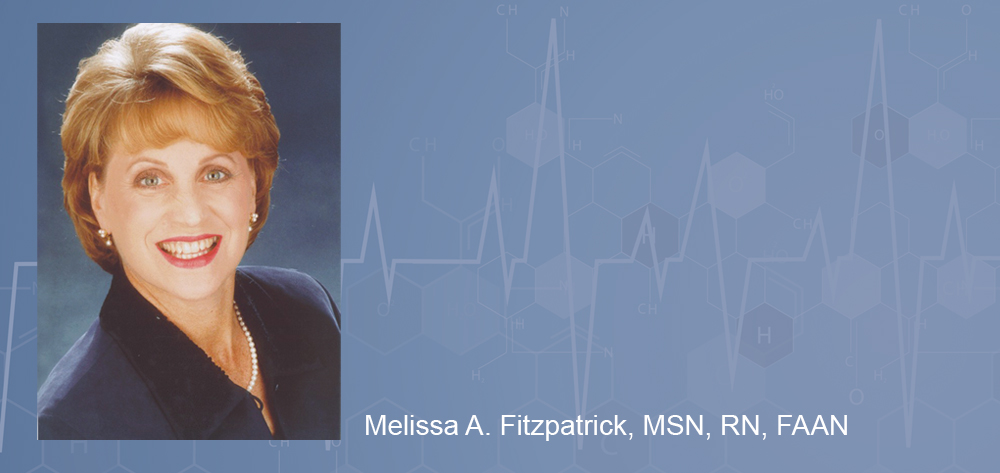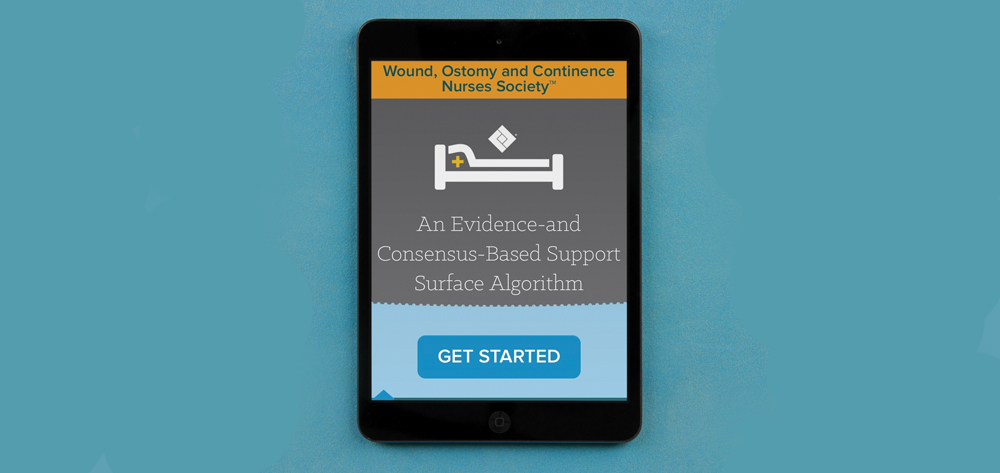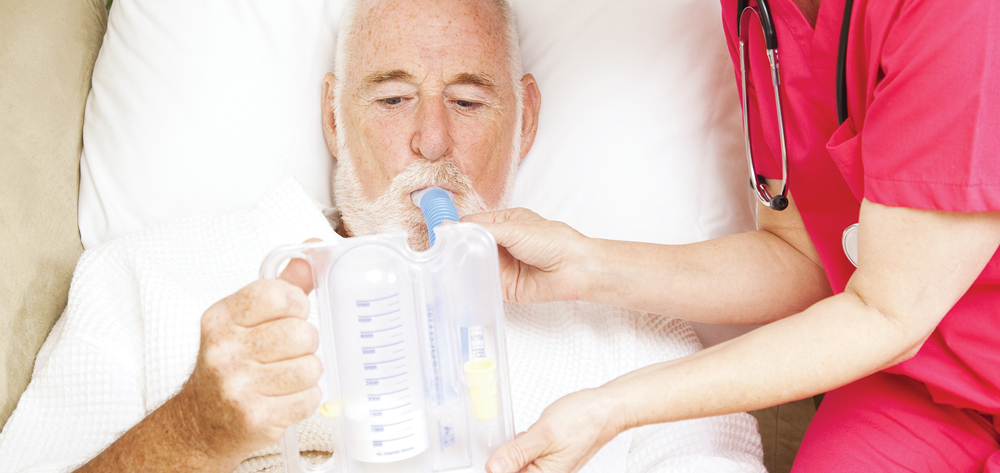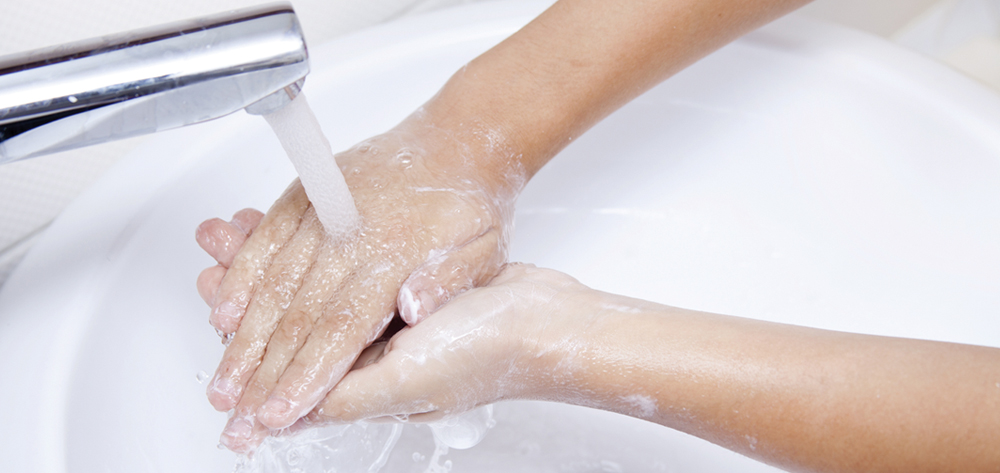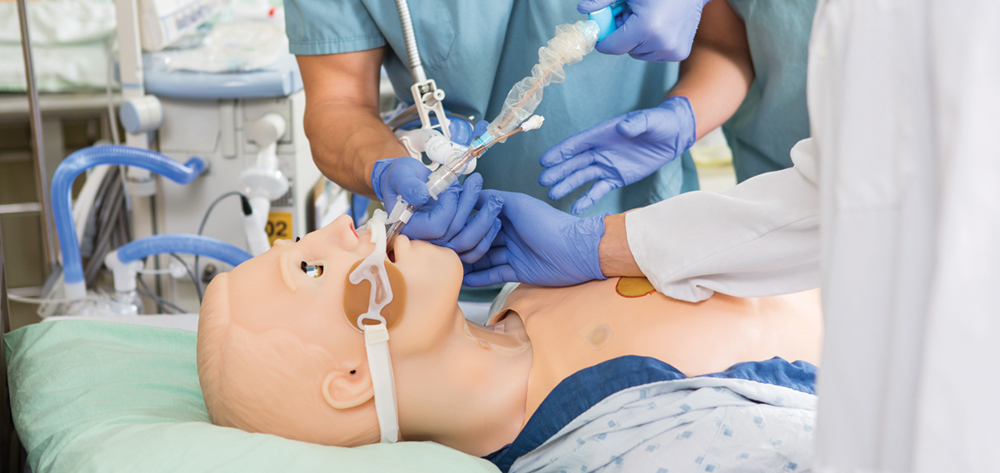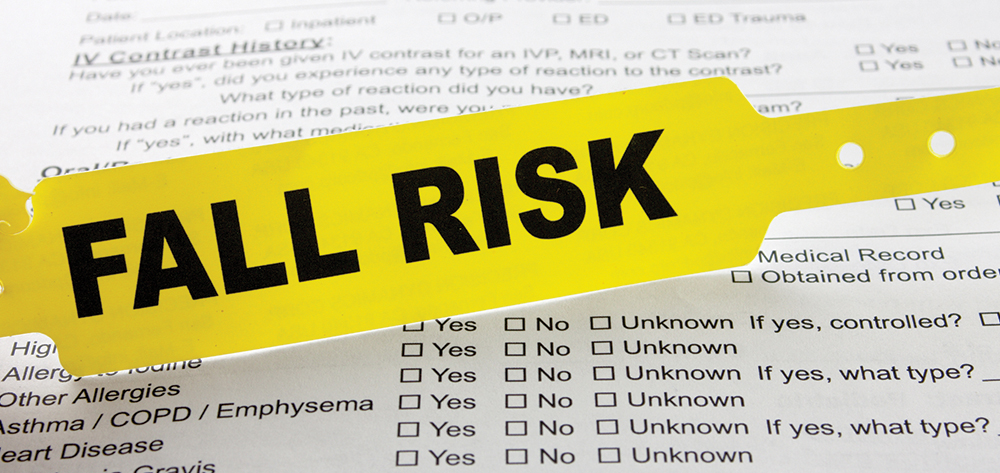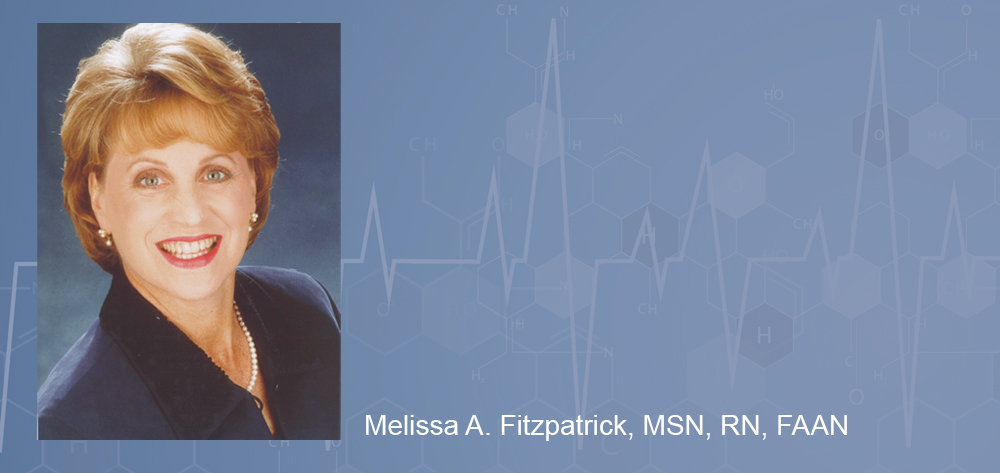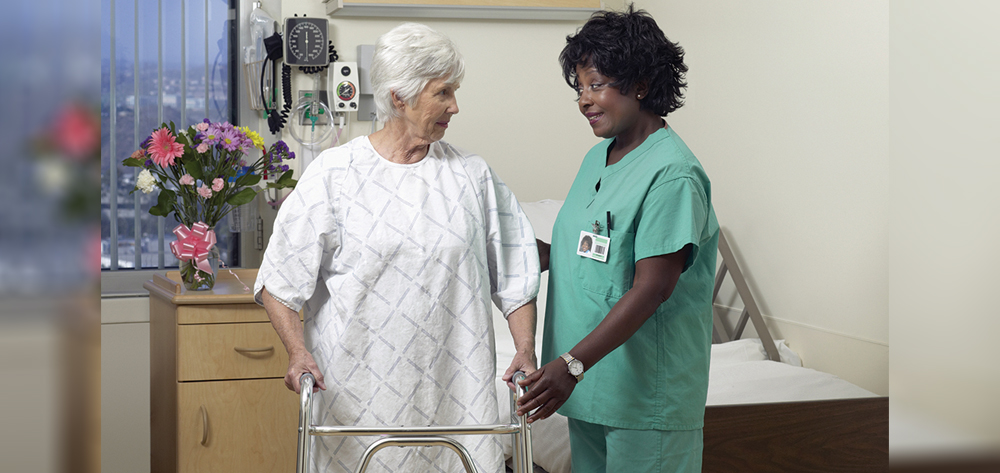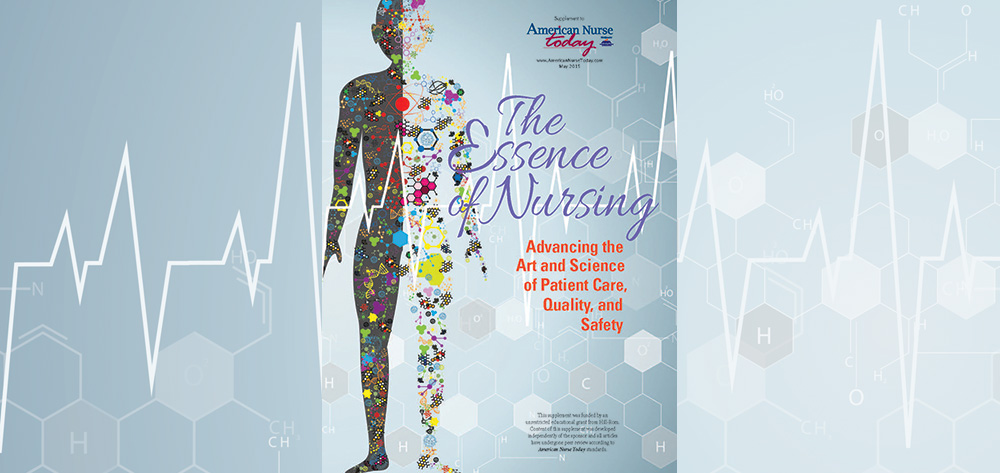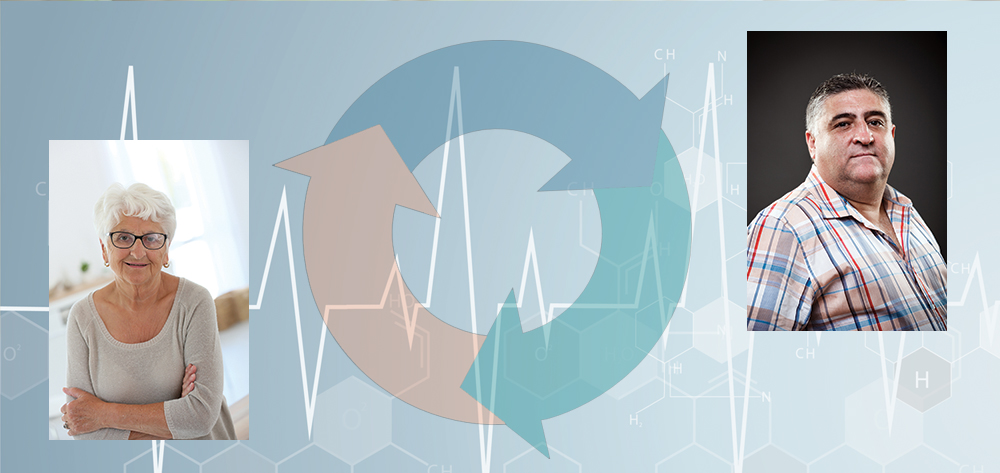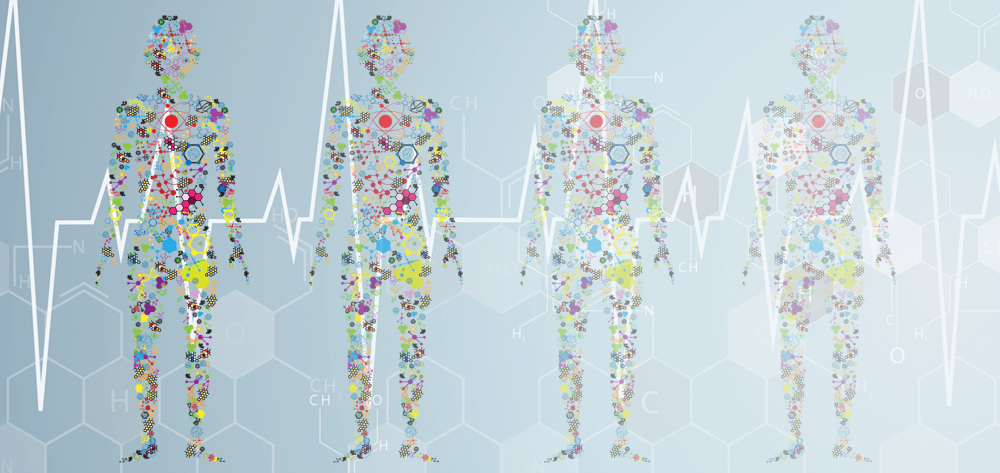In health care today, technological advances grab headlines while clinicians’ documentation duties mount almost daily. Is basic nursing care receding into the background?
Recently, American Nurse Today’s Editorial Advisory Board (EAB) had a spirited discussion on the current state of nursing and patient-care delivery. We concluded we need to shift the focus back to basic nursing care. Hence, the special supplement you’re now reading—The Essence of Nursing: Advancing the Art and Science of Patient Care, Quality, and Safety.
So what is the essence of nursing? It’s what some people call “high-touch” nursing, where the nurse has plenty of face-to-face time and a personal connection with patients and their families.
In a sense, the essence of nursing is the very heart of nursing.
During our discussion, EAB members shared examples of extraordinary nurses who’ve had a significant impact on patient outcomes and the patient-family experience. We also shared anecdotes in which nurses didn’t behave like the compassionate, competent caregivers we all aspire to be. This dichotomy underscored our belief that nurses need to get back to the basics—to living and breathing the essence of nursing in every patient encounter to realize the full potential of our profession.
Certain characteristics and competencies set nursing and nurses apart from other professions and practitioners. As EAB members discussed the essence of nursing, we asked each other: What’s distinctive about a nurse’s DNA? How does that distinction manifest when it comes to providing safe, high-quality patient care? How can nurses deliver the essence of nursing to its fullest extent possible—especially when caring for such vulnerable patients as low-birth-weight infants and elderly adults? What factors or circumstances enable or prohibit nurses from doing this? In today’s fast-paced, high-acuity, multidimensional, and penalty-driven healthcare delivery system, it’s crucial that we find answers to these and related questions.
Nursing presence
The nurse is the key to providing safe, effective, and compassionate care at both the individual and organizational levels. Despite the rapidly changing healthcare environment, one constant remains: The nurse, in a collective sense, is the healthcare professional who’s with the patient and family 24/7/365.
The nurse creates and nurtures an intimate bond with the patient and family through a constant presence and hands-on care. She or he gets to know the patient and family better than any other healthcare provider, learning their wishes, fears, capabilities, and challenges. It’s the nurse in whom the patient confides in the middle of the night and to whom the patient’s loved ones turn for information, support, and solace.
When a patient experiences overt distress or deteriorates suddenly, the nurse is likely to be the first one on the scene, initiating rescue procedures. More often than not, it’s the nurse who detects subtle changes in vital signs or behavior that signal a serious or life-threatening event. The literature tells us that when nurses have the right preparation and are present at the right place and the right time, patient outcomes improve. In collaboration with interdisciplinary colleagues, nurses’ highly skilled, competent, compassionate care can help prevent the patient’s functional decline, eliminate knowledge deficits for the patient and family, and promote their engagement in health care.
Presence and vigilance are key elements of the essence of nursing. But along with the privilege of being “the one who’s there” comes a tremendous responsibility and accountability. Nurses are, and always have been, the patient’s first and last line of defense. Keeping the patient safe from preventable adverse events—such as falls, pressure ulcers, infections, and immobility complications—are high on nurses’ priority list as they manage and coordinate the patient’s care to ensure safe passage through the care-delivery system.
Spotlighting basic nursing care
This supplement puts basic nursing care back in the spotlight where it belongs by:
- revisiting key elements of patient care, updating them in the context of today’s healthcare environment
- emphasizing the nurse as the patient’s sentinel, who protects the patient from injury and acts quickly when potential danger arises
- stressing the nurse’s role in marshalling appropriate resources to ensure optimal patient outcomes
- highlighting the significance of nursing observation and evaluation of the patient.
Where the topic of technology arises in this supplement, the authors make it clear that its most important role is to support the decision making of nurses and other clinicians. Although technology can help improve patient care, it also can distract us from basic care. If we get caught up in technology, we can lose sight of the higher purpose of health care.
The essence of nursing and the organization
Many of the indicators that drive a healthcare organization’s performance, profitability, and image in the community it serves hinge on how well its nurses practice the essence of nursing, The essential elements of nursing care are crucial in reducing lengths of stay, cost per case, adverse events, and litigation. Nurses have a measurable and significant impact not just on safety, quality, and economic outcomes but also on patient satisfaction and engagement, as shown in scores on Hospital Consumer Assessment of Healthcare Providers and Systems surveys.
Who better than the nurse to coordinate the many disciplines involved in a patient’s care? To consider the multiple facets of the patient-family dynamic when exploring care needs across the care-delivery system? Effective nursing care is critical in preventing readmissions and ensuring that patients successfully navigate the many hand-offs that occur during their stay.
With today’s focus on quality and cost and the financial penalties of suboptimal care, validating and quantifying nurses’ impact and recognizing their value to healthcare organizations and communities at large is crucial. As we work to enhance the patient experience and promote care across the continuum, our ability to uphold the essence of nursing will make or break our efforts.
Recipe for success
The essence of nursing encompasses a fundamental set of ingredients that serves as the “recipe” for success at many levels—the individual patient and family experience, an organization’s success as measured in outcomes and costs, and the health of our nation and the global community. Multiple factors influence how successfully this recipe turns out:
- Everyone involved must understand what it takes to create an environment that fosters full expression of the essence of nursing.
- Healthcare organizations must learn and replicate best practices that validate, appreciate, and recognize the essence of nursing. This, in turn, helps raise the standard of patient care while nurturing nursing staff and making their work more satisfying.
- The art of nursing must coexist with today’s technology-driven, evidence-based science of nursing. To ensure such coexistence, nurses must manifest the essence of nursing in every patient and family encounter.
To a large degree, the future of healthcare delivery hinges on our ability to optimize the work of nurses and enable them to practice the essence of nursing. We believe this supplement gives you the tools you need to achieve that optimization and the power that comes with it.
Selected reference
Aiken LH, Sloane DM, Bruyneel L, et al. Nurse staffing and education and hospital mortality in nine European countries: a retrospective observational study. Lancet. 2014;383(9931):1824-30.
Melissa A. Fitzpatrick is vice-president and chief clinical officer at Hill-Rom and a member of the Editorial Advisory Board at American Nurse Today.
Read the next article: Creating the environment for nursing excellence
Click to view the infographic

